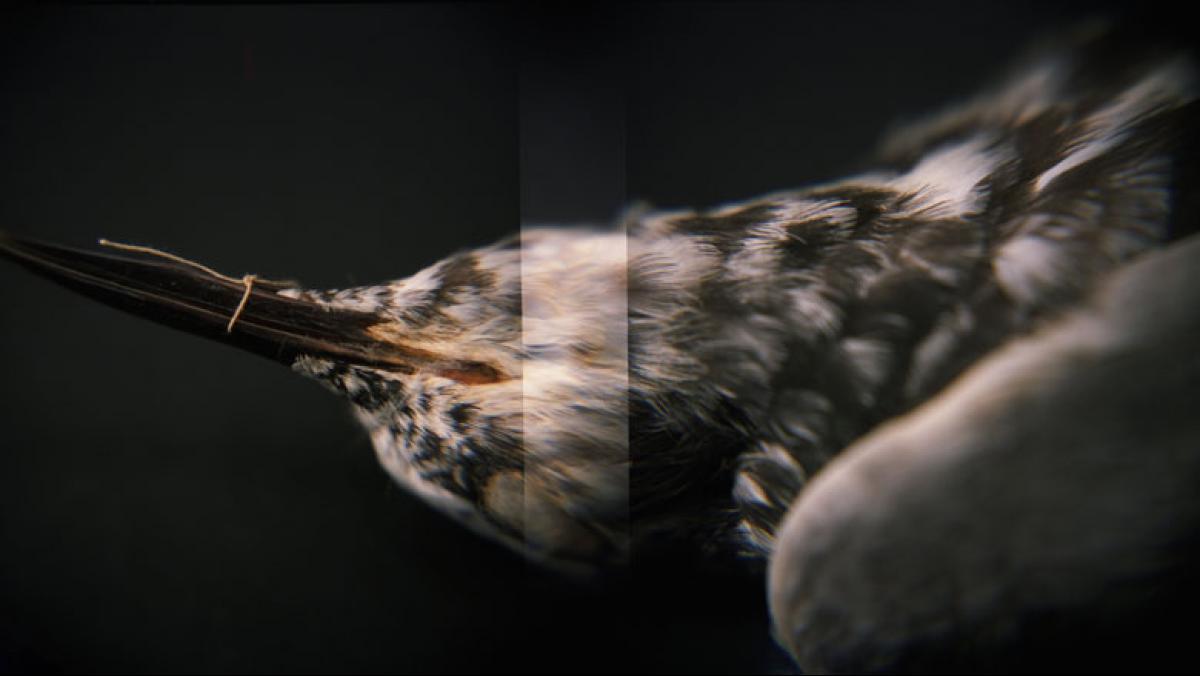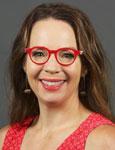Voice: the breath’s tooth.
Thought: the brain’s bone.
Birdsong: an extension of the beak.
Speech: the antler of the mind.
—Robert Bringhurst, from Becoming Animal: An Earthly Cosmology, by David Abrams
As the animals go, we go.
The photographs in Remnants are of scientific bird specimens from species listed as endangered, threatened, or of special concern in Wisconsin’s Western Coulee and Ridges Ecological Landscape, of which my home county of Dunn is a part. Bird bones and study skins (preserved remains with intact feathers) are collected by naturalists and scientists, often over many years, in order to better understand natural, regional variations (e.g. wingspan, color pattern, bill size) within a particular species.
One intention in creating these photographs was to become more familiar with endangered and threatened species in the place I inhabit, to “become intimate with [my] home region,” as science fiction author Scott Russell Sanders writes in his essay, “Homeplace.” “There is only one world,” Sanders writes, “and we participate in it here and now, in our flesh and our place.”
I fear this world’s demise, with the innocents going first.
These photographs are a contemplation on what we are losing, what will be lost. They are meditations executed with reverence and an intent toward beauty, with hope that our desire for a beautiful world may help us save it.
The actual shooting of the photographs was done with a Holga medium-format film camera. Known as “toy” cameras, Holgas are made with low-cost parts and plastic lenses, which means there is hardly any control for focus, shutter, or aperture. Taking the photos for Remnants was very much a meditation: a slow, observational process, involving careful and repeated measurements to estimate focus and composition. Shooting this way allowed me to welcome the accidental and unplanned as partners in the creative process. The texture of film made it an ideal medium for representing the physicality of the specimens in front of me.
The Bell Museum of Natural History at the University of Minnesota, the University of Wisconsin–Eau Claire, the Milwaukee Public Museum, and Chicago's Field Museum of Natural History were all kind enough to allow me to photograph in their collections. I thank them.












